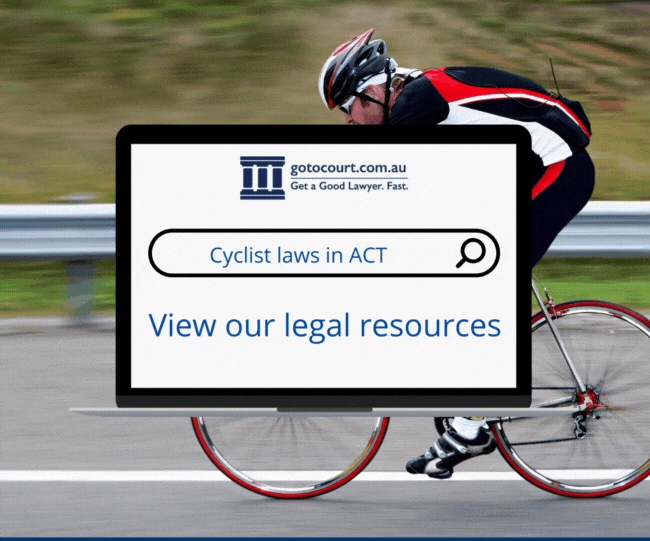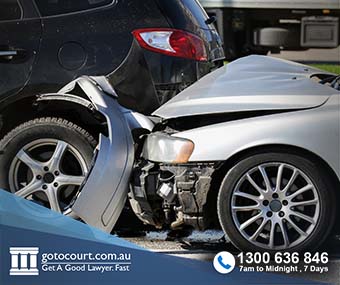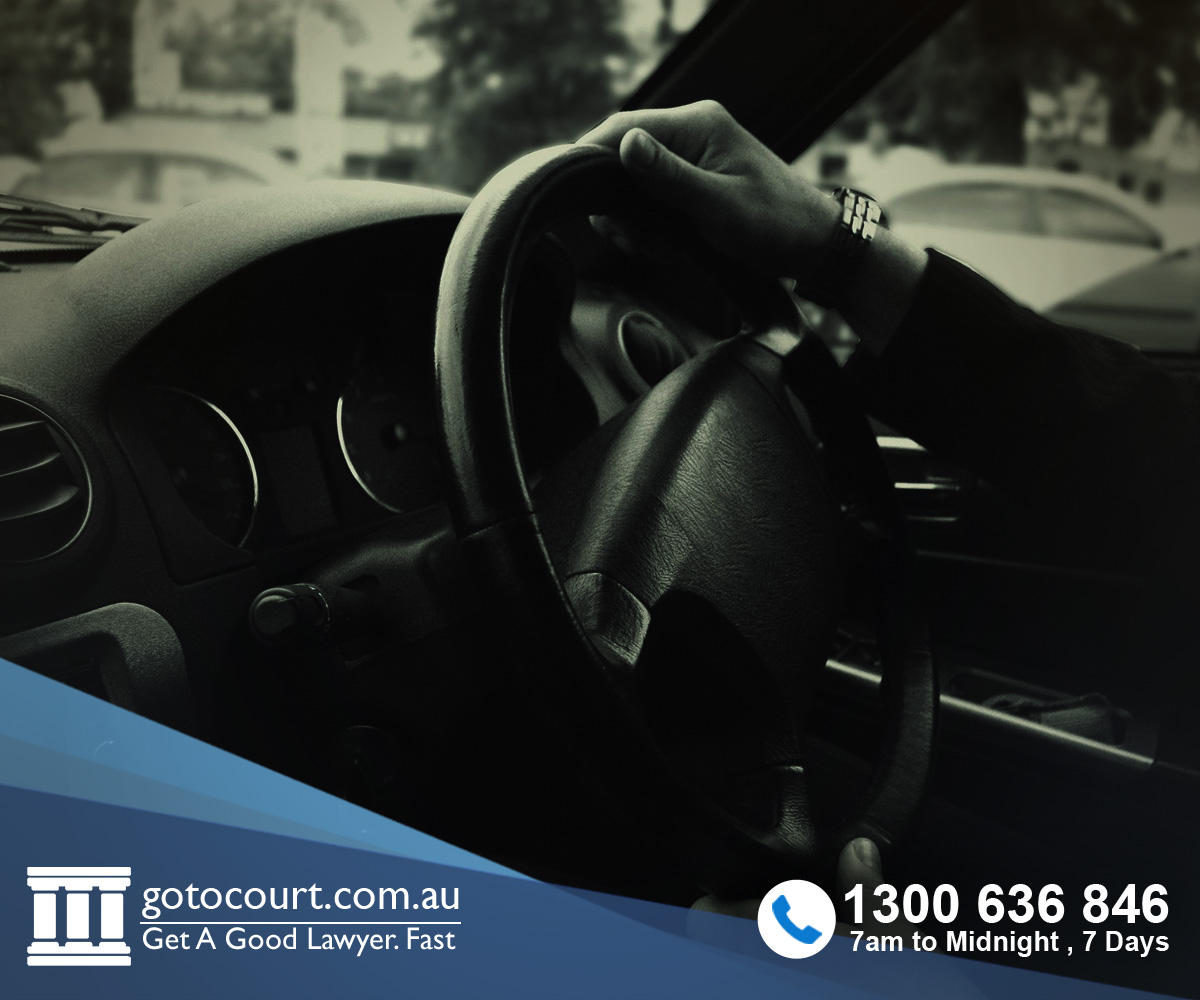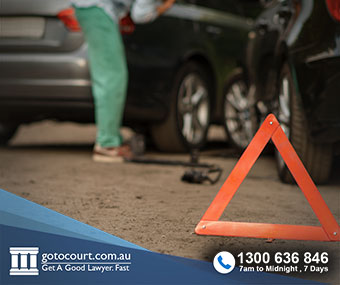Serious Traffic Offences in the ACT
All Traffic offences are serious, however in the ACT some are treated more seriously than others. Serious traffic offences in the Australian Capital Territory can be found in two pieces of legislation, the Crimes Act 1900 and the Road Transport (Safety and Traffic Management) Act 1999.
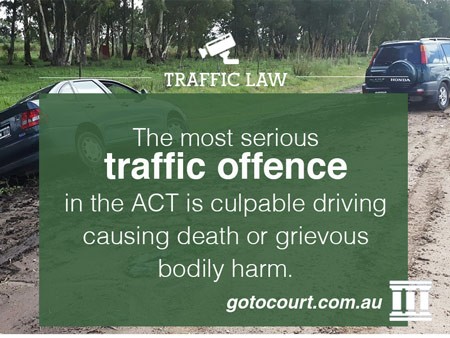
Culpable driving of a motor vehicle
The most serious traffic offence in the Australian Capital Territory is culpable driving causing death or grievous bodily harm and it is prohibited under s 29 of the Crimes Act 1900.
Culpability is determined in two ways;
- Negligent driving. Negligence is referred to as failing to take proper care in driving the car without justification.
- Driving under the influence of alcohol or drugs. This means to be so affected by the substance as to not be able to properly control the car.
Like others states, the charge needs to specify the basis on which culpability is alleged. It is considered a separate offence from homicide offences, but can also be prosecuted as either murder or manslaughter. S 48 A of the Crimes Act also introduces an aggravated element to the offence in cases where the death involved was a pregnant woman.
Again like other states, if a person has been convicted or acquitted under s 29 of the Crimes Act, they may not be prosecuted for the same crime under another section or Act.
Dangerous driving
Similar to other Australian jurisdictions, the Australian Capital Territory contains specific lesser penalties for dangerous and/or negligent driving outside of the main criminal legislation. Section 7 of the Road Transport (Safety and Traffic Management) Act 1999 prohibits furious, reckless or dangerous driving. It refers to driving on roads or road related areas. The penalties depend on whether the offence was aggravated or not, and the legislation provides a number of specific factors which make it so.
These are;
- The driver ignored a police order to stop.
- The driver had alcohol or drugs in their system over the legal limit.
- The driver had alcohol or drugs in their system which were not over the legal limit (or were legally prescribed) but meant the driver did not have proper control over the vehicle.
- The driver exceeded the speed limit by 30% or more.
- The driver put at risk vulnerable road users including pedestrians, cyclists and other riders.
- The driver had a child less than 17 years old as a passenger.
Repeat offenders (those with previous offences of culpable driving or dangerous driving) are automatically included in the aggravated category.
Negligent driving which is not culpable
The offence of negligent driving exists under the Road Transport (Safety and Traffic Management) Act 1999 in the same manner as culpable driving under the Crimes Act, but as a less onerous offence. The penalties are less and this can operate as an alternative to culpable driving where the court feels that the offence under the Crimes Act would be unjustifiably harsh. Negligent driving can operate as a standalone offence as well, without the requirement that death or grievous bodily harm resulted.
Menacing driving
Unlike many other jurisdictions, the Australian Capital Territory includes the offence of menacing driving within its cache of serious traffic offences. The offence refers to driving which is essentially to harass another person. In other words, it prohibits road rage. The legislation states that there must be a fear of personal injury or property damage occurring. However, an offence will not have been committed if the driver could not have avoided menacing the other person under the circumstances.
Penalties
The penalties for the above offences vary depending on their seriousness. Culpable driving causing death carries a penalty of up to 14 years imprisonment (16 years imprisonment for aggravated offences). If the offence is culpable driving causing grievous bodily harm, the penalty is up to 10 years imprisonment (12 years imprisonment for aggravated offences).
The penalties under the Road Transport (Safety and Traffic Management) Act 1999 are much lower, even for offences which result in death. Negligent driving causing death attracts a penalty of 200 penalty units (a fine), 2 years imprisonment or both. Negligent driving causing grievous bodily harm attracts a penalty of 100 penalty units (a fine), 1 year imprisonment or both and in any other case of negligent driving the penalty is 20 penalty units (a fine).
For furious, reckless or dangerous driving or menacing driving, the penalty is 100 penalty units (a fine), 1 year imprisonment or both unless the offence is aggravated as noted above, in which case the penalty is 200 penalty units (a fine), 2 years imprisonment or both.
Automatic licence disqualification
The Australian Capital Territory, unlike other Australian jurisdictions, contains provisions for mandatory licence disqualification. This applies automatically in cases of culpable driving, furious, reckless or dangerous driving, and negligent driving where death or grievous bodily harm results.


